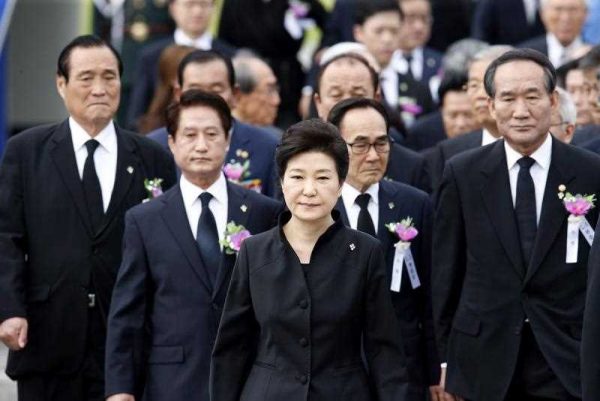With these high-profile female politicians featured in the media, it may appear that the political glass ceiling has been shattered in East Asia.
Yet, the success of these elite women belies the fact that the overall number of female politicians in Asia remains low. Apart from Timor-Leste and Taiwan, no country has achieved the 30 per cent ‘critical mass’ of female parliamentarians — a number widely thought to be the minimum proportion necessary to influence the process and policies in the legislatures. According to Inter-Parliamentary Union data, only 19 per cent of parliamentarians in Asia are women — compared to 23.1 per cent in Sub-Saharan Africa, 25.7 per cent in Europe and 27.5 per cent in the Americas.
In light of these dismal numbers, gender quotas have become a popular means of affirmative action to ‘fast-track’ women into politics. In East and Southeast Asia, 8 out of 15 countries — Laos, Singapore, Vietnam, Thailand, South Korea, Taiwan, Indonesia and Timor-Leste — have altered their constitutions or party laws to adopt some form of gender quotas. Although there are a variety of quotas, three main types are used in the region
The first is party quotas, which are voluntary or mandated measures taken by parties to ensure a specific proportion of women candidates run for elected office. In Singapore, for instance, the People’s Action Party (PAP) adheres to an informal quota which has led to about 20 per cent female candidates in the last three general elections.
The second kind of quota, legislative candidate quotas, ensures that there are at least a certain number of female candidates on the party list. Both Timor-Leste and Indonesia’s constitutions require one out of every group of three candidates on the list to be a woman.
The third quota is reserved parliamentary seats. These seats are set aside for a certain number of women from the legislature. Taiwan for instance has legislated both candidate quotas at the national level and reserved seats. Taiwan’s constitution stipulates that at the national level ‘the number of women to be elected shall be fixed’ and at the local level, one out of every four seats is reserved for a woman.
At first glance, there seems to be a positive correlation between quotas and the number of female parliamentarians, especially in countries where quotas are formally enacted. Indeed, Taiwan (38 per cent) and Timor-Leste (38 per cent) have both surpassed the 30 per cent critical mass of female parliamentarians. Yet Indonesia and South Korea show that quotas alone are insufficient to boost women’s political presence. Both countries have legislated candidate quotas of 30 per cent women, but have fallen short of this threshold by more than 10 per cent.
My research suggests that the efficacy of quotas is contingent on the electoral system, party system institutionalisation and the political will to enforce and comply with the quota. For example, South Korea’s weakly institutionalised party system based on male-patronage networks lacks the will and ability to enforce and comply with quotas. The importance of political will is also reaffirmed when we consider how Singapore’s PAP unilaterally raised the number of female candidates from zero in the 1980 general election to a high of 20 women (22.5 per cent) in the 2015 general election without legislating quotas.
While proportional representation electoral systems are more likely to support female candidates, quota rules also need to specify the ordering of women candidates on the party list. For example, South Korea’s ‘zipper quota’ system mandates that a woman must be on every odd number on the party list. Without this, female candidates risk being placed at the bottom of the lists and therefore have no chance of being elected. This very problem happened in Mongolia which had no clear rule on the placement of candidates on the list.
Quotas may appear to be a silver bullet but their efficacy is far from guaranteed. Quotas are futile if sexist sociocultural norms towards female leaders remain. According to the 2010–14 World Values Survey, more than half of respondents in Malaysia (69.6 per cent), the Philippines (56.4 per cent) and Thailand (51.5 per cent) agreed with the statement ‘men make better political leaders than women do’. Non-quota strategies such as media training, mentoring programs, financial support for campaigns and more positive media around female politicians are also necessary to change gender stereotypes.
The rise of elite women does not signify a revolutionary change with regards to gender equality in the region. Ultimately, party leaders are the gatekeepers to equal political representation. It is up to them to field more women and ensure they stand a good chance of winning office.
Netina Tan is an assistant professor in the Department of Political Science at McMaster University, Canada.

